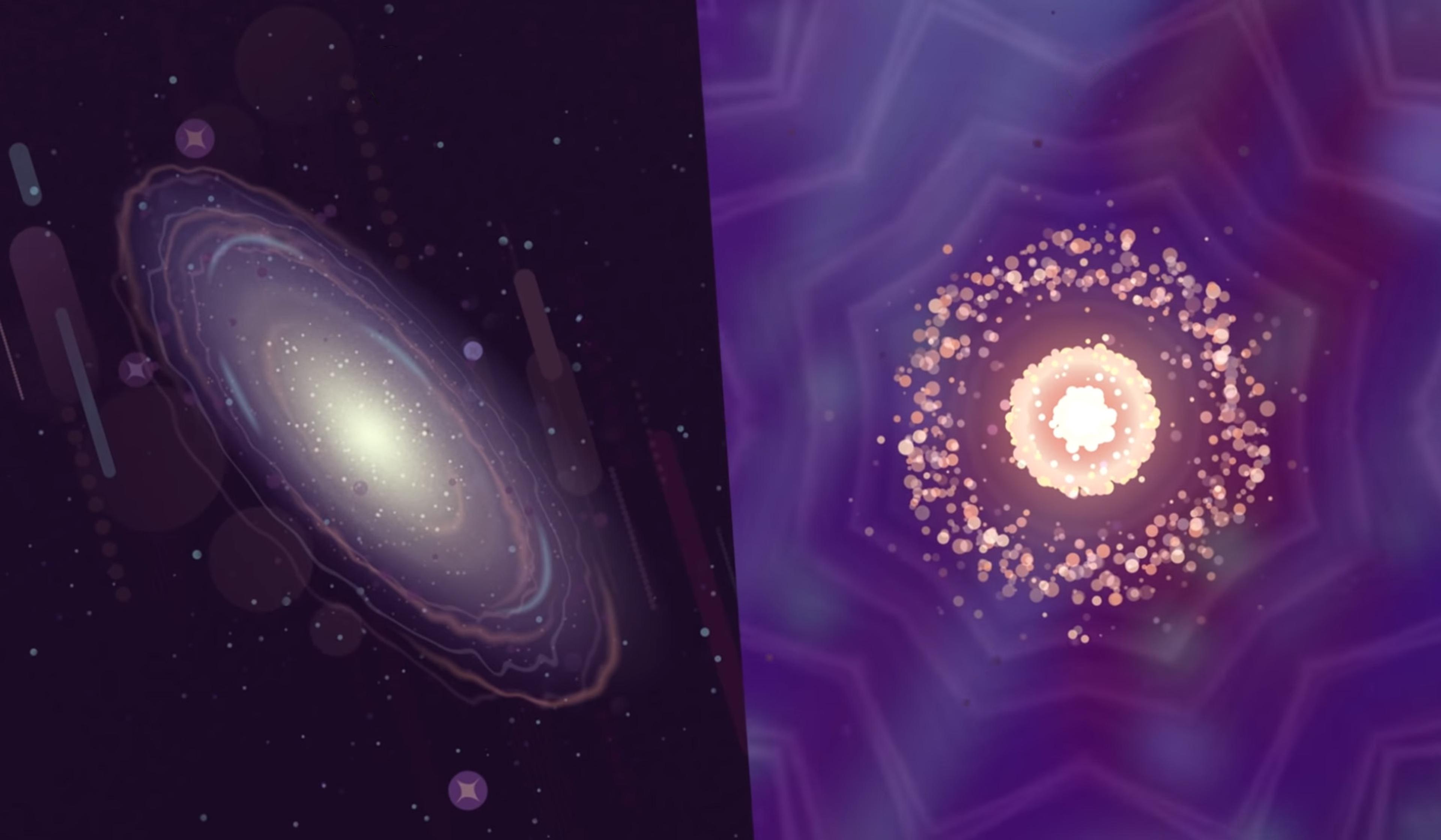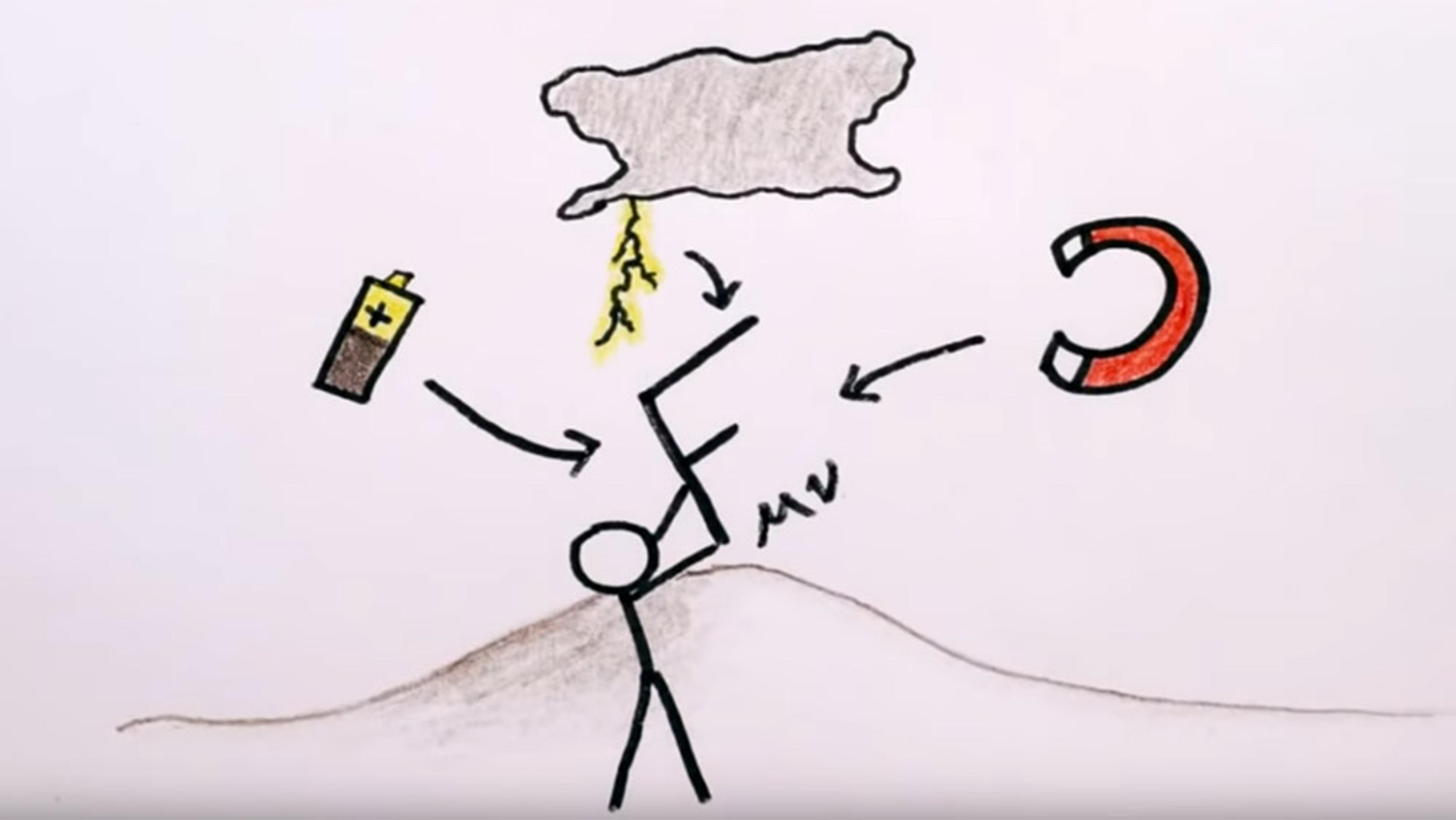Built on the quantum physics breakthroughs of the 1920s, the Standard Model of particle physics is, according to the physicist David Tong at the University of Cambridge, the most successful scientific theory in history. But, unlike other revolutionary theories such as evolution by natural selection, heliocentrism or even general relativity, the Standard Model is quite difficult to sum up in brief. And so, no surprise, it’s nowhere near as widely understood. In this animated explainer, Tong does his best to bridge this knowledge gap without skimping on the complexities. With the aid of some nifty visuals, he details how the Standard Model describes the interactions between 12 elementary particles and three fundamental forces, as well as what’s missing from the model, and why it isn’t quite a theory of everything.
The Standard Model might be the most successful theory in science. But what is it?
Video by Quanta Magazine
Producers: Emily Buder, Adrian Vásquez de Velasco
9 September 2021

videoPhysics
Logic tells us that antimatter should have annihilated the Universe. So why hasn’t it?
4 minutes

videoQuantum theory
The physics revolution that started with the flicker of a lightbulb
4 minutes

videoQuantum theory
Why aren’t our everyday lives as ‘spooky’ as the quantum world?
7 minutes

videoPhysics
If life feels out of balance, don’t worry – there’s always symmetry below the surface
4 minutes

videoCosmology
Turns out that, even when Einstein was wrong, he was kind of right
6 minutes

videoPhysics
There’s a striking link between quantum and astronomic scales. What could it mean?
5 minutes


